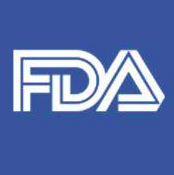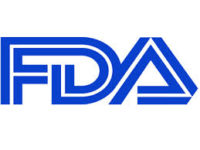After reading the draft regulations of the Food Safety Modernization Act and some of the comments that have come out, I found the February 14, 2013 comments by David Acheson from Leavitt Partners quite interesting, especially his comment alluding that the new regulations were “HACCP on steroids.” I can’t quite agree with that, especially as one who has been involved with teaching Hazard Analysis and Critical Control Points (HACCP) for 20 years and as a member of the United States delegation to the ISO committee that developed the ISO 22000 standard, “Food safety Management systems — Requirements for any organization in the food chain.” Looking at the ISO 22000 standard and the draft regulation, one could almost call the preventive controls draft “ISO 22000 lite.” In fact, when looking over the preamble in the section entitled “HACCP in the international food safety community,” ISO 22000 is not even mentioned and the Global Food Safety Initiative (GFSI) gets one sentence. The ISO 22000 standard addresses all of the documentation issues cited in the draft standard plus utilizes the operational prerequisite program (oPRP) to address hazards that have been identified and are not specifically controlled using critical control points. In other words, two types of preventive controls.
It is surprising that these elements were not addressed in the preamble, especially since ISO 22000 is an international standard that has received excellent acceptance globally since it was issued in 2005. We must also remember that this draft regulation will have an impact on other nations, so it might be a good idea to utilize language and programs that have been accepted around the world.
The draft document is a good start, but there are elements in the draft regulation and in the preamble that are somewhat off-base; issues that will, hopefully, be addressed following the commentary period. As an example, it is puzzling that the Agency did not follow the harmonized Codex and National Advisory Committee on Microbiological Criteria for Foods (NACMCF) documents or mandate the five preliminary steps to HACCP. An additional note, there are many other instances in the draft standard where what was defined by NACMCF are basically ignored. They do encourage their adoption in this case, however. This leads into the proposed qualified individual(s) mandates. Every plant should have one or more qualified individuals in charge of the food safety management system. Ideally, that HACCP Team Leader or Food Safety Manager would fulfill that role. What bothers me is that the language in the regulation “one or more qualified individuals must do or oversee the program.” One of the biggest problems that I have seen in the industry over the years is a direct result of HACCP plans that were drafted by “an individual,” especially from someone outside the company. When this occurs, there is no sense of ownership of the food safety program. In fact, I have heard such programs referred to as “the consultant’s plan,” rather then something that they created and built. How HACCP is defined in the regulations and its status in the industry is very different. Much of what is now being mandated is already being done and HACCP instructors would have been negligent if they did not emphasis the importance of documenting a company’s hazard analysis and clearly defining the hazards that need to be addressed as part of their HACCP program, whether these hazards are controlled using a CCP or an oPRP. The bottom line is that both are preventive controls.
And, one last comment on the draft regulation...I noted the terms developed and implemented were used fairly regularly in the document. Let’s encourage The U.S. Food and Drug Administration to expand that to read developed, documented, implemented and maintained. That is how ISO 22000 reads and that is really what is expected of any manufacturer/processor.
Richard F. Stier is a consulting food scientist with international experience in food safety (HACCP), plant sanitation, quality systems, process optimization, GMP compliance and microbiology. Among his many affiliations, he is a member of the Institute of Food Technologists and an editorial adviser to Food Safety Magazine. He can be reached at rickstier4@aol.com.



